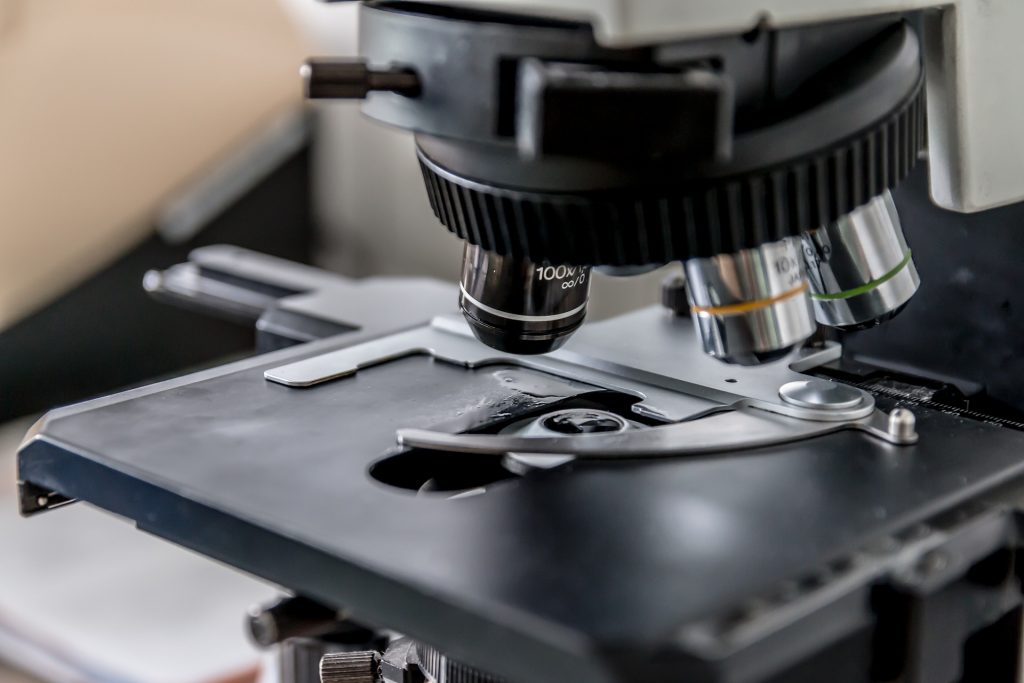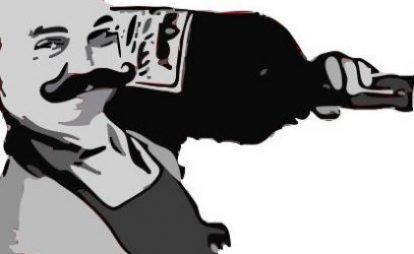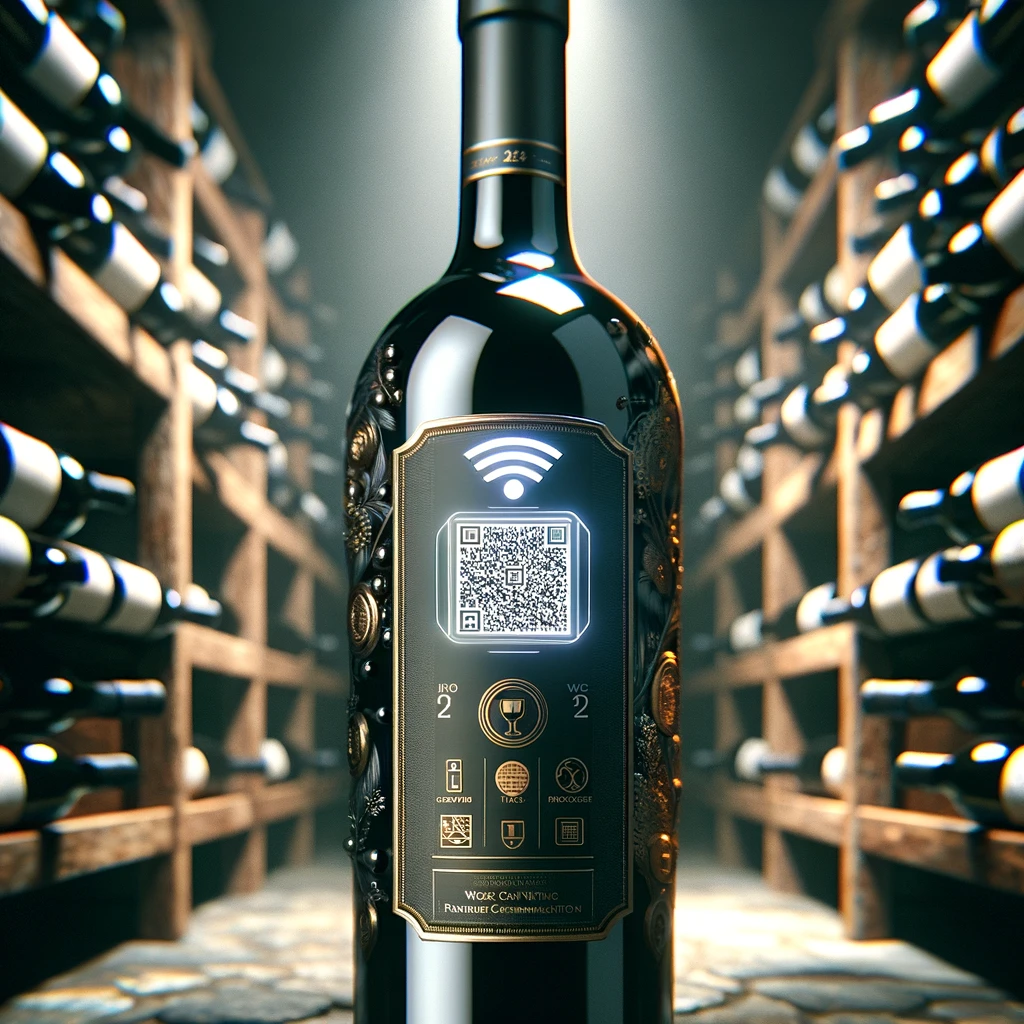The days of counting vast amounts of yeast under a microscope appear to be coming to an end.
Winemaking with a Smartphone
Innovation in the Wine Industry
Innovation in the vineyard is a constant companion to increase quality, automate processes, save resources or drive down costs. It comes in many ways and especially in our day there are multiple ways how technology is changing the face of the wine industry. The biggest impact currently has probably e-commerce and the means of selling and buying wine through online platforms and wine apps. Flying drones that analyse the crop for ripeness or diseases and distribute fungicides. Harvesters have already been the standard in many wine producing regions but there are improvements to the existing systems, too, and any time soon robots will probably drive those things. And then there are scanners that only seem to need a smartphone to give you access to large amounts of information to make better wine.
A practical example
One such instrument is the Oculyze that was subject of the recent digital event held by the Service Centre of the rural area of Rheinhessen-Nahe-Hunsrück where it is being examined. The presentation of Dominick Süß built on the experience since the start of the project in 2019 and aimed to provide an interim conclusion of the ongoing work so far.
What is Oculyze?
But what is Oculyse? The manufacturer brands it as “a smart, technology driven solution for automated yeast analysis that combines a 400x optical magnification with cloud-based image analysis software” and to be “specifically designed for wine makers and vintners.”
In other words, using a smartphone the winemaker can analyse the must with regard to yeast quantity and quality that would otherwise require a microscope.
It’s not just a microscope that fits into your pockets though. The real coup is the software that automatically counts the yeast cells. Just to put it into perspective, if you had to do that manually you would need to count every single one in your sample and to get a decent result, repeat the exercise a couple of times for accuracy. The app on the other hands runs the analysis in seconds and also comes with an alert in case of indications that the fermentation might run into trouble.
An interim conclusion
The people at the Service Centre have been testing the little gadget for a while now and find it useful in a number of ways to monitor the fermentation process. For example, it allows to discover issues in the process at an early stage since the quantity of yeast cells can be an indicator long before a reduction in the sugar breakdown confirms a problem. In the specific case discussed the yeast measurement showed issues already four days after the start of fermentation as opposed to ten days of the numbers from the sugar breakdown.
Naturally, these observations are possible with a traditional microscope as well, but again the time saving element of counting yeast cells automatically discussed above comes into play and does make quite a difference.
Nonetheless, Dominick Süß emphasized that there was still a fair bit of work to do and several tests to be completed before a conclusive verdict could be made about this particular tool.

Who needs an Oculyze?
Well, that, of course, depends on the kind of show you are running and the way you produce wine. If you never cared about the microbiological processes that take place during fermentation and you’re simply producing basic wine in bulk, this perhaps isn’t for you. If, on the other hand, you’re curious to know what these little fellas are up, you like using your old school microscope, or you like to understand aspects that go beyond the ordinary, you might give it a thought.
Now, while this specific product (and probably other products of its kind by other manufacturers) comes at a price (the scanner itself plus a package of 15 analyses that need to be acquired, too, for the Oculyze costs a grand), it’s worth keeping in mind though that it is still kind of early days in the development of such tools and that with the further development of scanners and software prices will eventually come down a peck (one would hope). So, whether you are toying with the idea to make some changes in the way you analyse your must, now, or in the future, it looks like this type of innovation will form part of the standard routines of a winemaker sooner or later.




